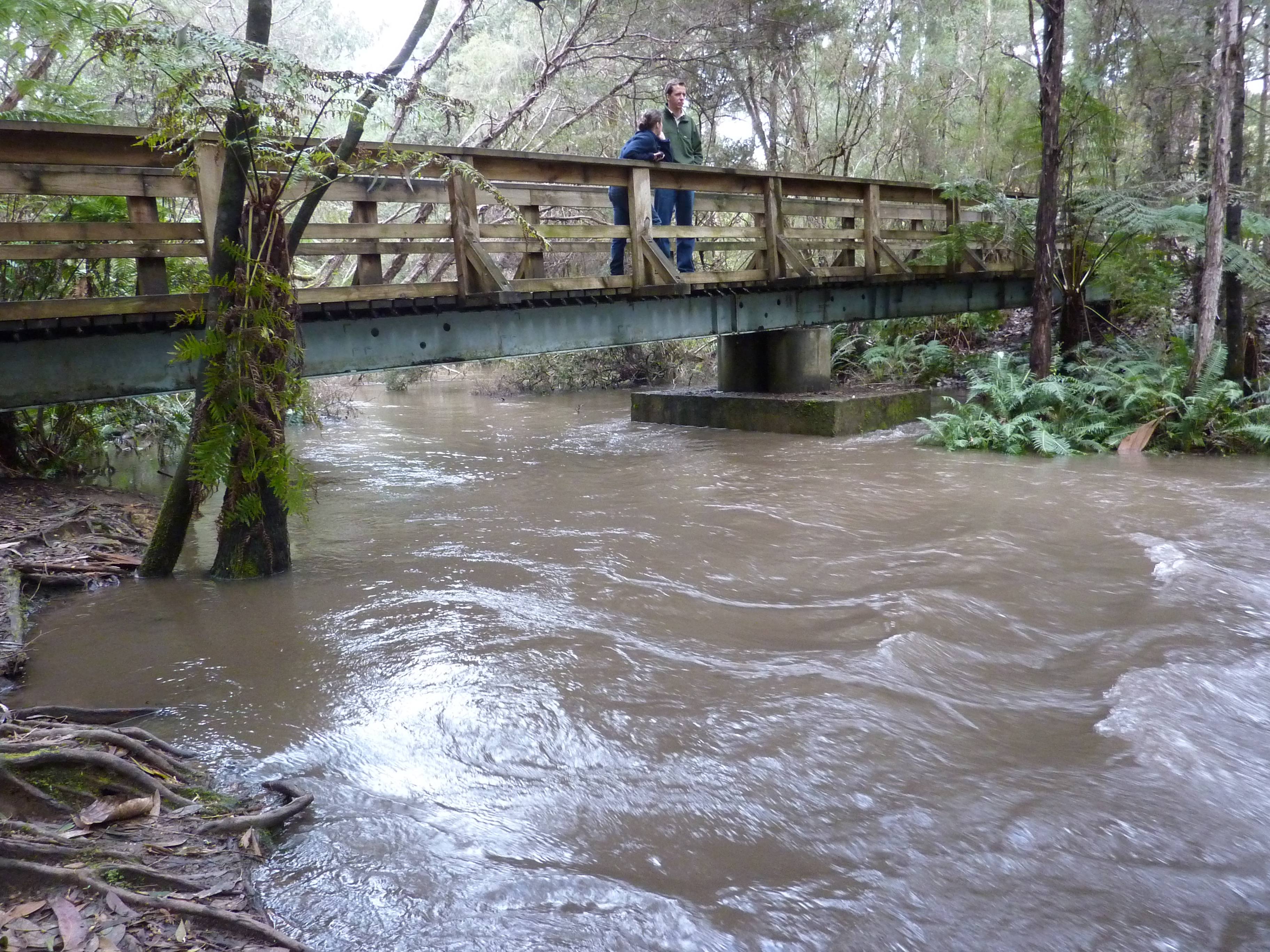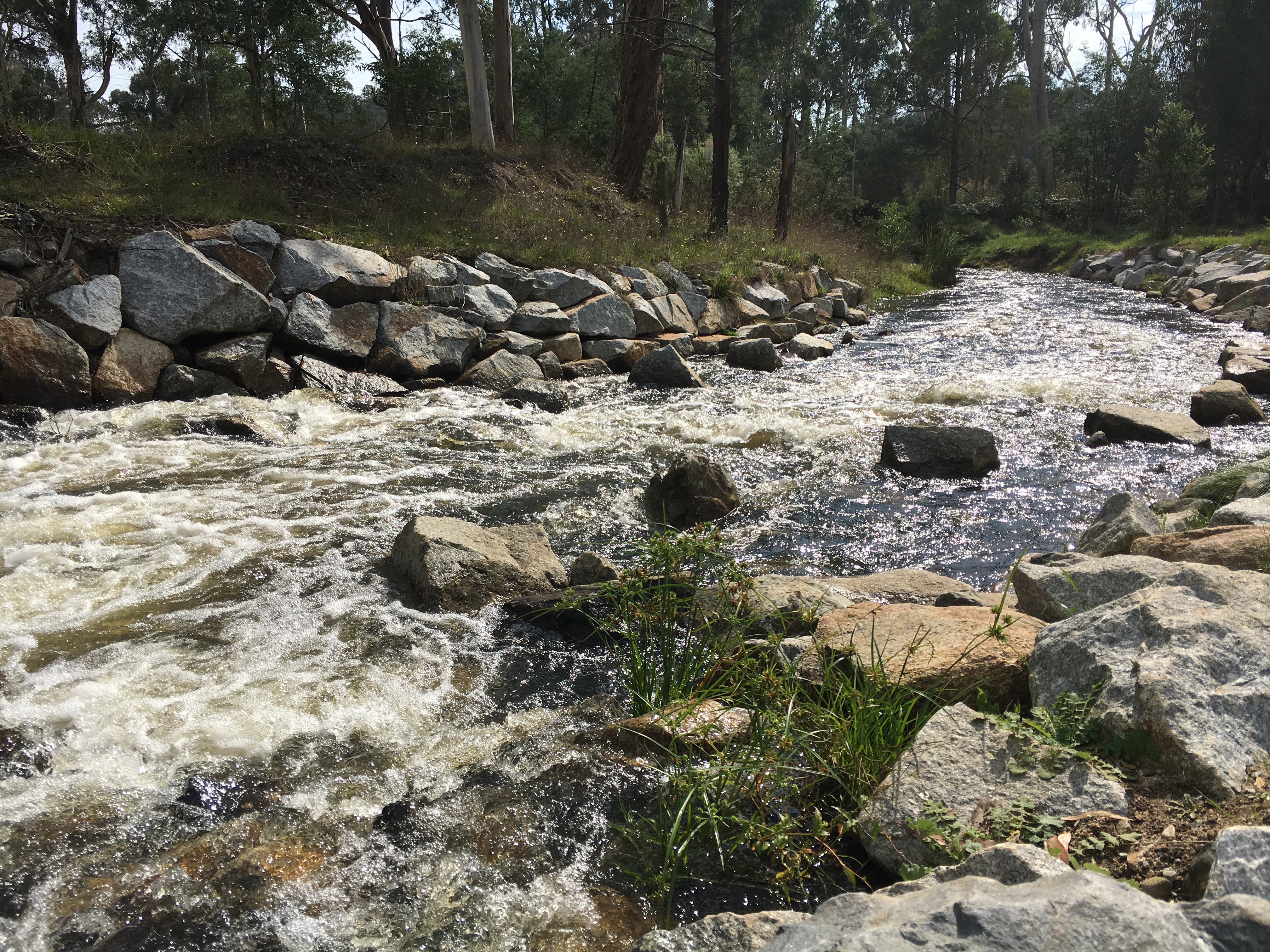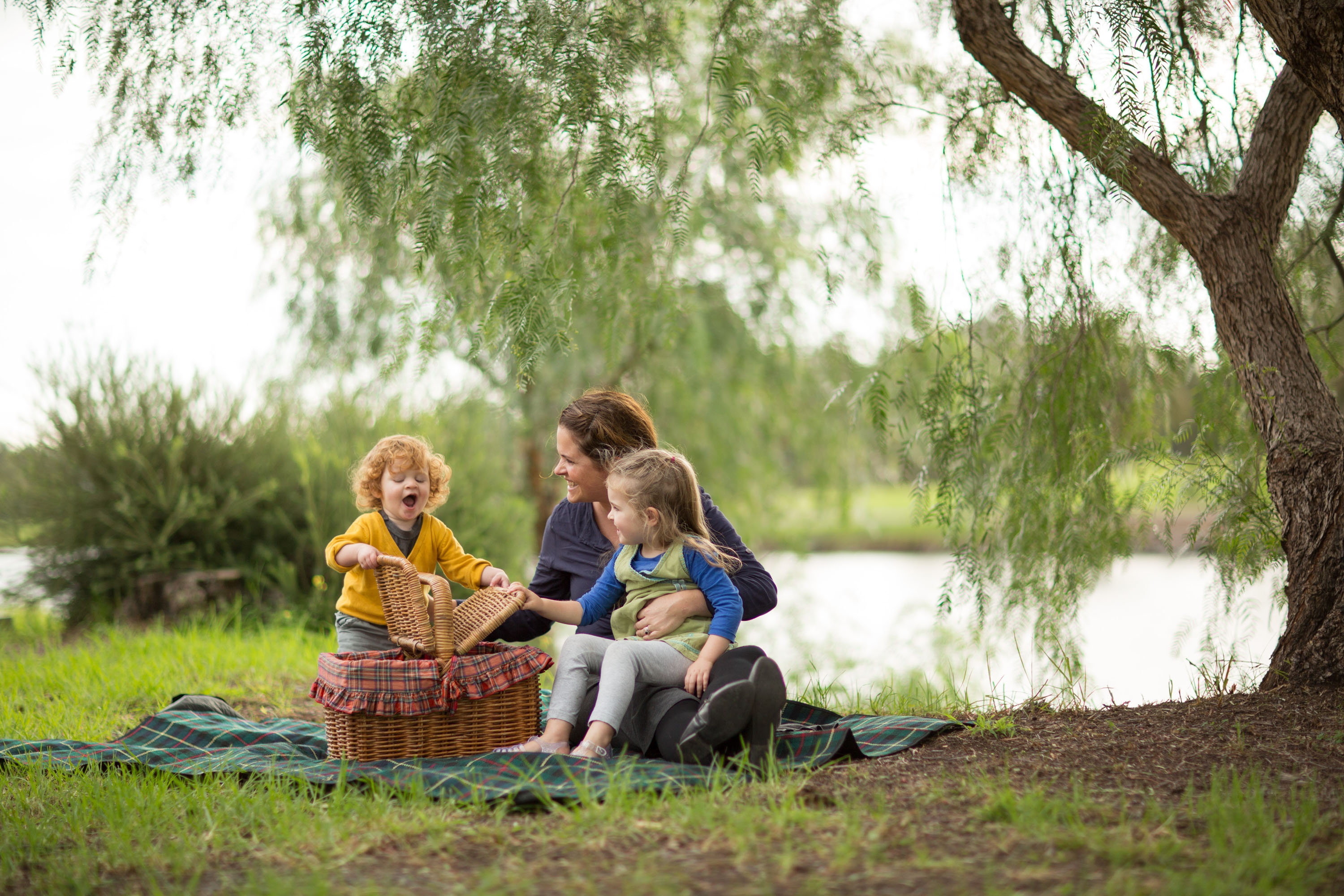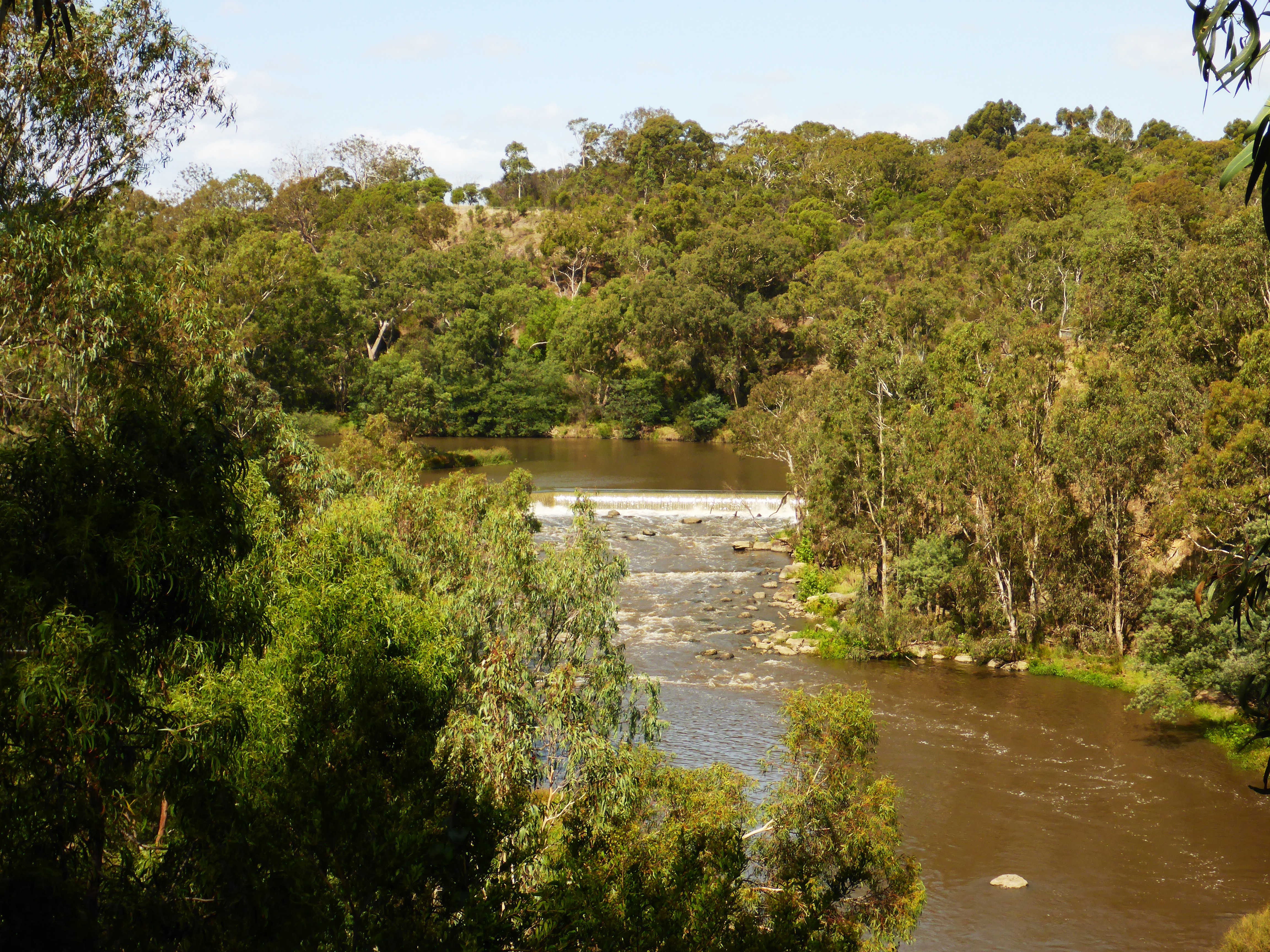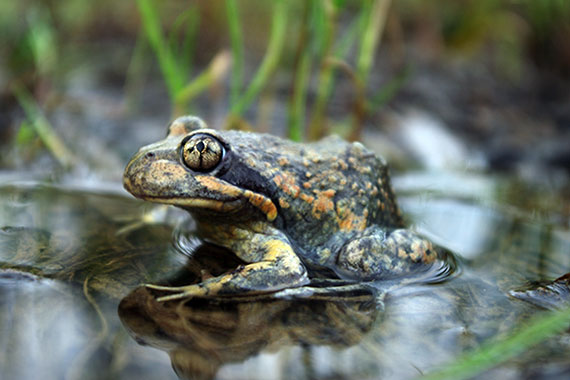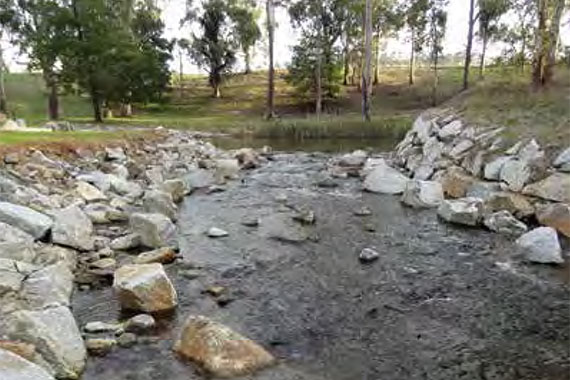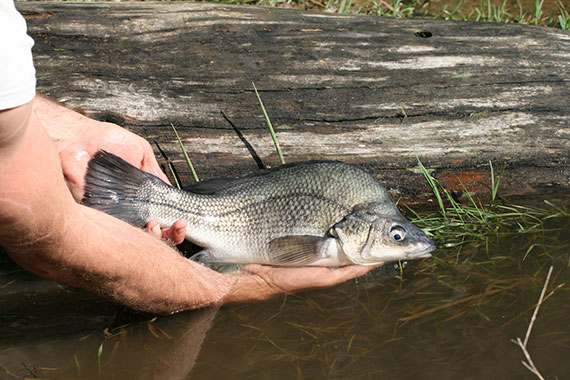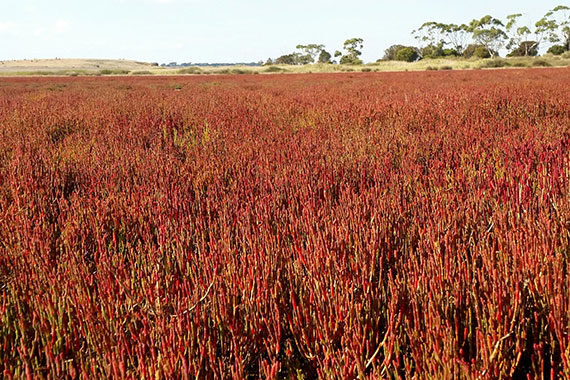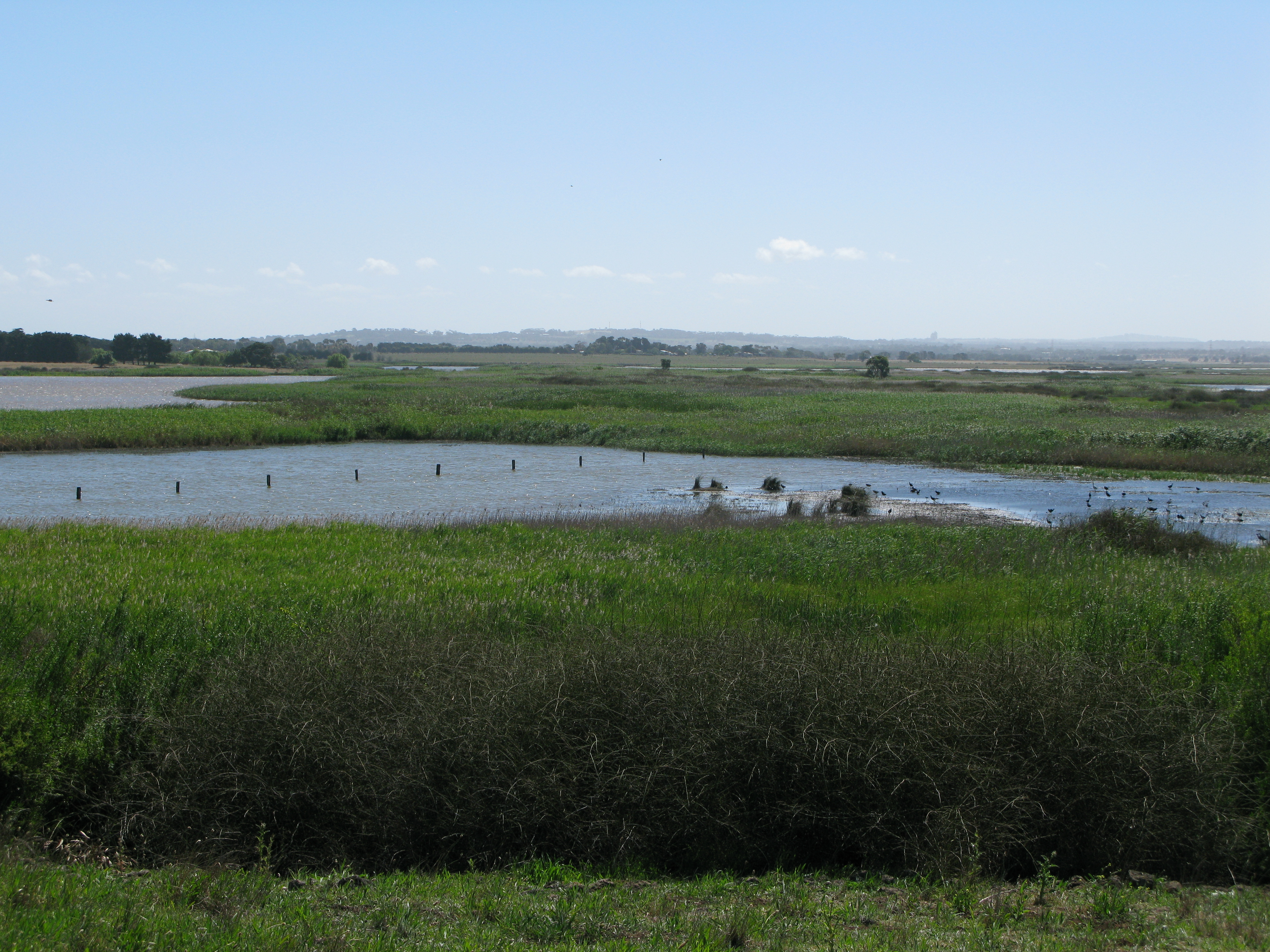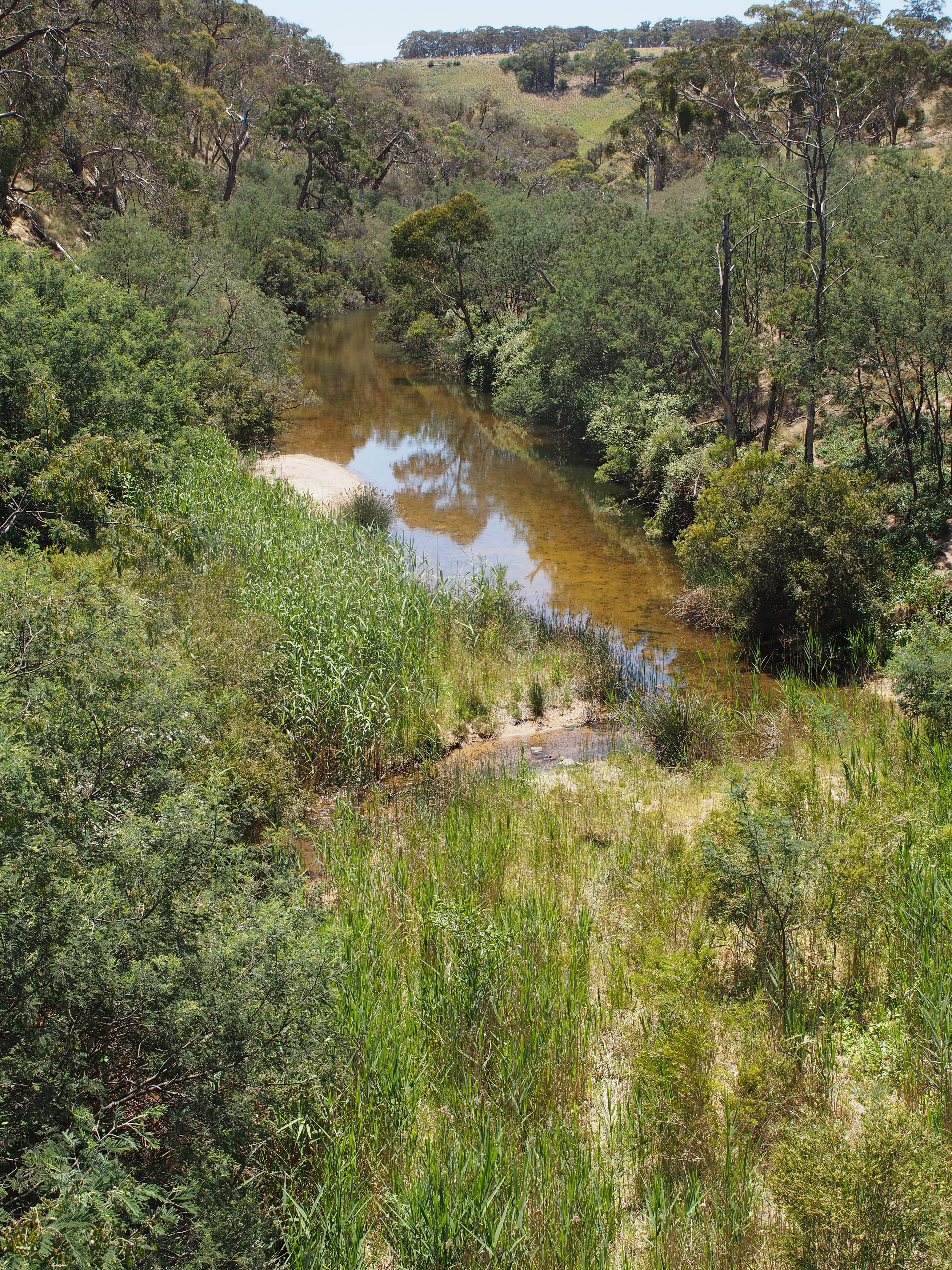Catchments in the central region received above-average winter and spring rainfall for the third consecutive year in 2022, but late summer and autumn 2023 were drier than the long-term average. Parts of the Barwon, Moorabool and Yarra systems recorded their highest October rainfall totals, which caused significant flooding. Reservoirs in all systems spilled during 2022- 23, including Rosslynne Reservoir, which spilled for the first time since 1996. Upper Yarra Reservoir reached its maximum operating capacity in October, but Melbourne Water released additional water to prevent it from spilling. Those releases increased flow in the Yarra River during November and December and meant water for the environment that had been carried over from 2021-22 was lost. Additional water was also released from Merrimu Reservoir in 2022-23 to prevent it from spilling. These spills, managed releases and natural inflows met many planned environmental watering actions across the region during winter and spring, but water for the environment was still needed to deliver the planned low flows and freshes in many systems during summer and autumn. The VEWH purchased water from licence holders in the Maribyrnong system to deliver environmental flows in Jacksons Creek.
The Bureau of Meteorology has forecast below-median rainfall and above-median temperatures during autumn, winter and spring 2023 across the central region.
All systems in the central region are expected to receive full allocations of water for the environment in 2023-24, but the loss of some carryover due to reservoir spills and/or pre-spill releases in the Yarra and Werribee systems in 2022-23 means that the total water availability for 2023-24 may be less than it was in 2022-23.
Forecast available supply in the Yarra, Tarago and Werribee systems should be sufficient to deliver the potential environmental watering actions in all climate scenarios to build on environmental outcomes achieved over the last three wet years.
A near-full Rosslynne Reservoir will likely create an opportunity to purchase water to deliver environmental flows in the Maribyrnong system. However, outcomes in upper Jacksons Creek continue to be limited by infrastructure delivery constraints.
Options for delivering water for the environment in the Moorabool and Barwon systems in 2023-24 will be heavily influenced by local climatic conditions due to their smaller and more variable environmental allocations. Larger flows in the Moorabool and upper Barwon systems rely on significant contributions from local rainfall and are, therefore, only likely to be achieved under average or wet climatic conditions. Natural inflows will also have a significant bearing on the low flows and freshes
in the Moorabool and upper Barwon systems, and summer and autumn flows may need to be delivered at the lower end
of their recommended range to conserve available environmental supply if those seasons are dry. Delivery of water for the environment in the lower Barwon wetlands is not affected by annual allocations of water for the environment, and the proposed fill in winter/spring and partial drawdown in summer/autumn should be possible in all climate scenarios if river levels allow.
